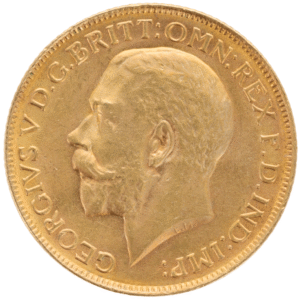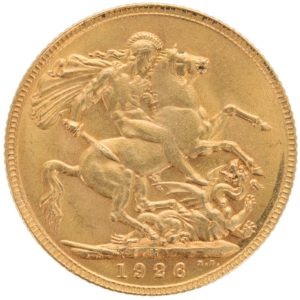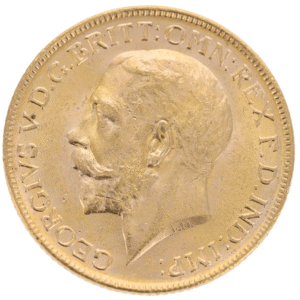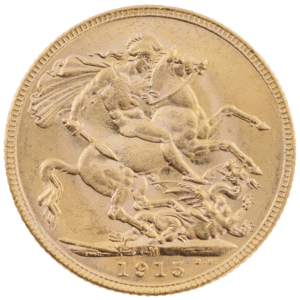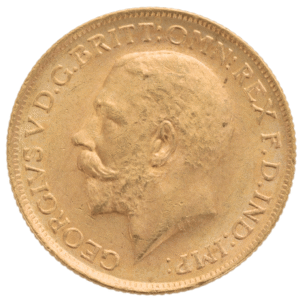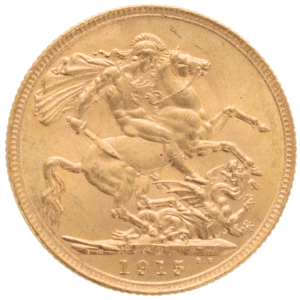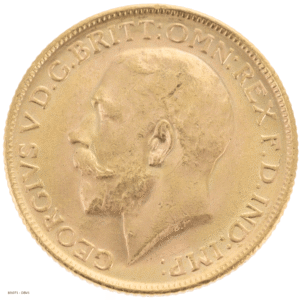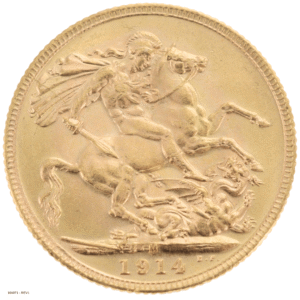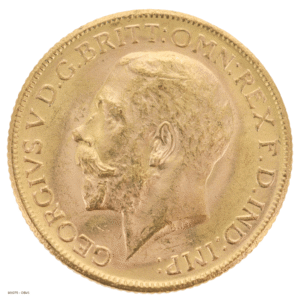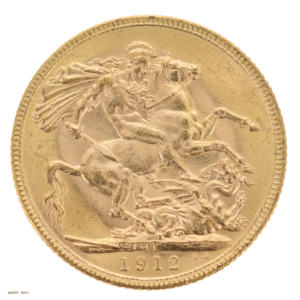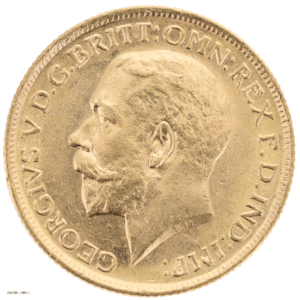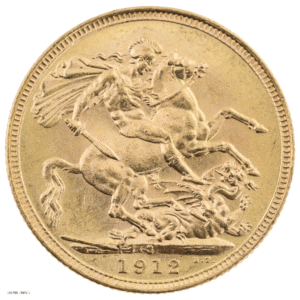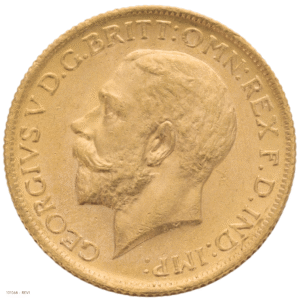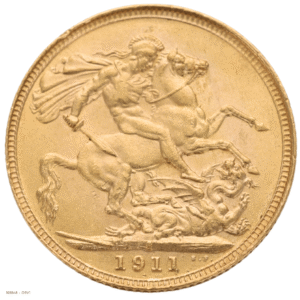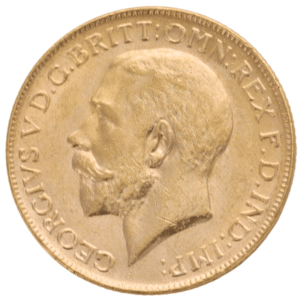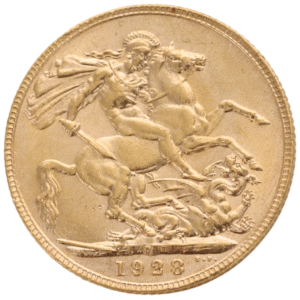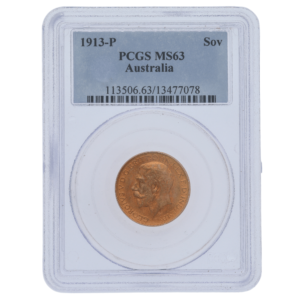The sovereign coins bearing the portraits of the Kings George represent a remarkable thread through British numismatic history, spanning from the coin’s modern introduction in 1817 to the mid-20th century. These magnificent gold pieces, featuring four different monarchs named George—George III, George IV, George V, and George VI—chronicle the evolution of British coinage through periods of imperial expansion, economic transformation, and global conflict.
From the post-Napoleonic era of George III to the post-World War II period of George VI, these sovereigns offer a tangible connection to Britain’s royal and economic history. Each monarch’s coinage reflects the artistic styles, technical capabilities, and historical circumstances of their respective eras.
George III (1760-1820, Sovereigns 1817-1820)
The modern sovereign story begins in the final years of George III’s long reign:
- Introduced in 1817 as part of the “Great Recoinage” following the Napoleonic Wars
- Established the specifications still used today: 7.98 grams of 22-carat gold
- Produced for only four years before George III’s death
- Represented a critical economic reform replacing the guinea with a coin valued at exactly one pound
George IV (1820-1830, Sovereigns 1821-1830)
As Prince Regent during his father’s illness and then as king, George IV continued the sovereign tradition:
- Initial issues (1821-1825) featured a laureate head portrait
- Later issues (1825-1830) introduced a bare head portrait and shield reverse
- Sovereigns were minted throughout his reign, except for 1822
- Established the sovereign as a primary circulating denomination
George V (1910-1936, Sovereigns 1911-1932)
After the reigns of William IV, Victoria, and Edward VII, the sovereign tradition continued under George V:
- Initial production (1911-1914) coincided with the height of British imperial power
- World War I fundamentally changed sovereign production and circulation
- Post-war sovereigns were primarily struck for international trade
- The 1925 London sovereign became famous for its rarity
- Colonial mints in Australia and South Africa continued production through 1932
- The abandonment of the gold standard in 1931 effectively ended regular sovereign production
George VI (1936-1952, Sovereigns 1937, 1949-1952)
Following Edward VIII’s abdication, George VI’s sovereign story is quite different:
- Only proof sovereigns were issued for 1937 to commemorate his coronation
- Post-war issues of 1949-1952 surprisingly continued to use George V’s portrait
- Represented the transition from circulation gold to commemorative issues
- Marked the end of the sovereign as a regular production coin until Elizabeth II’s reign
FAQs
A King George Sovereign is a 22-carat gold coin featuring the portrait of one of the British monarchs named George who reigned between 1760 and 1952. These coins are part of the broader sovereign series, which represents one of the world’s most recognized and collected gold coins.
Four different Kings George have appeared on modern sovereign coins:
-
George III (reigned 1760-1820): The first modern sovereigns were introduced in 1817 during his reign as part of the “Great Recoinage” following the Napoleonic Wars. These feature a laureate head portrait and were produced for only four years (1817-1820).
-
George IV (reigned 1820-1830): Initially featured with a laureate head design (1821-1825), followed by a bare head portrait with shield reverse (1825-1830). These early sovereigns helped establish the coin as a standard of British currency.
-
George V (reigned 1910-1936): These sovereigns were minted from 1911-1932, featuring a left-facing portrait designed by Australian sculptor Bertram Mackennal. They witnessed World War I and the end of the gold standard.
-
George VI (reigned 1936-1952): Very limited sovereign production, with only proof issues in 1937 bearing his portrait, and unusual 1949-1952 issues that continued to use George V’s portrait despite being issued during George VI’s reign.
After George IV’s death in 1830, the sovereign continued to be produced under William IV (1830-1837) and then Victoria (1837-1901), followed by Edward VII (1901-1910). This 80-year gap represents the reigns of these intervening monarchs.
The value of a King George Sovereign depends on factors such as its rarity, condition, mint mark, and historical significance. Rare years and mints, along with coins in excellent condition, tend to be more valuable.
All King George sovereigns maintain consistent specifications:
- Weight: 7.98 grams
- Diameter: 22.05 mm
- Thickness: 1.52 mm
- Gold Content: 22 carat (91.67% pure gold)
- Pure Gold Weight: 7.32 grams (0.2354 troy ounces)
- Edge: Milled (reeded)
These specifications have remained virtually unchanged since the sovereign’s introduction in 1817.
Look for small mint marks on the ground line below St. George on the reverse:
- No mint mark indicates London production
- “S” indicates Sydney Mint
- “M” indicates Melbourne Mint
- “P” indicates Perth Mint
- “C” indicates Ottawa (Canada) Mint
- “I” indicates Bombay (India) Mint
- “SA” indicates Pretoria (South Africa) Mint
